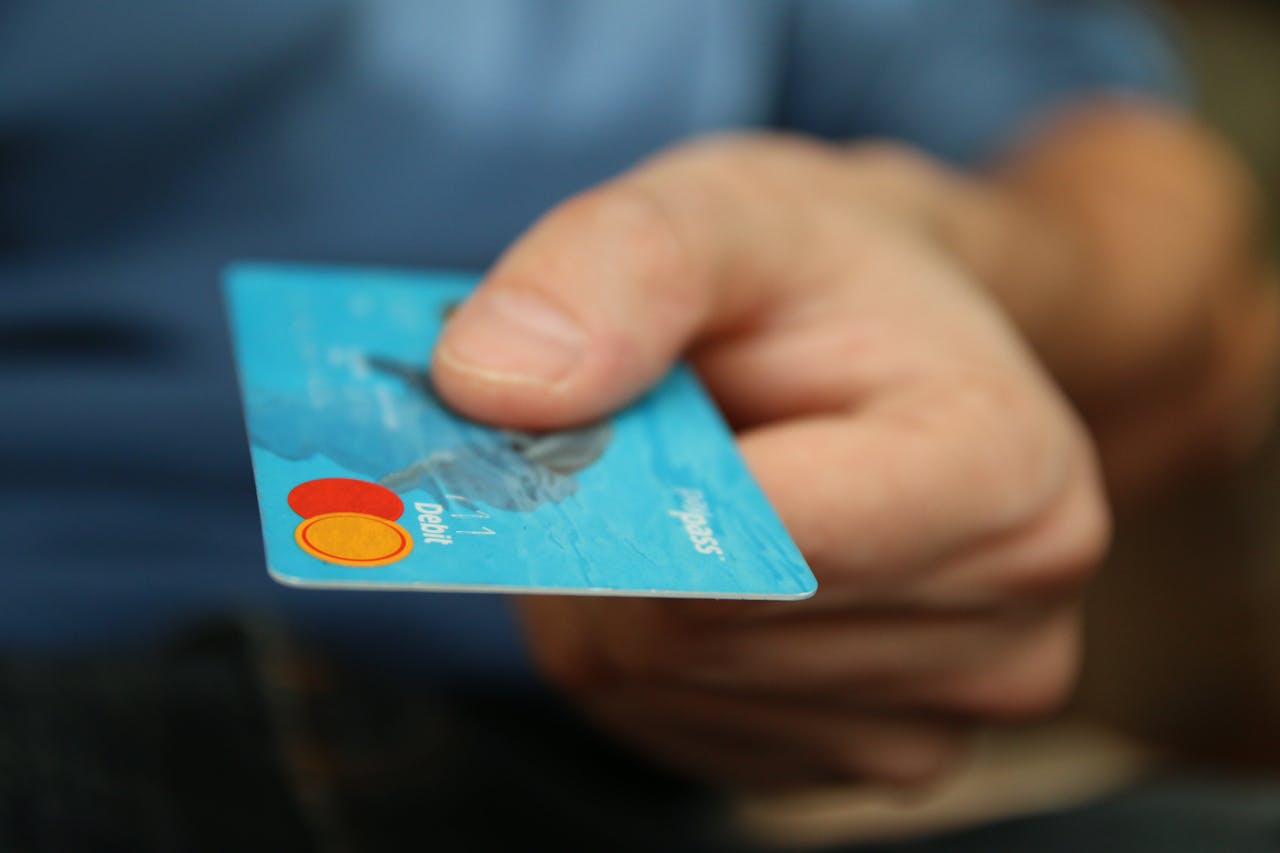In today’s digital age, you could single-handedly conquer an entire e-commerce market with your e-commerce website if you got one thing correctly. Yeah, it is your ecommerce website design. Online store design does not only mean you have to have a visually attractive site for your visitors. You should give them an intuitive and seamless shopping experience. You should earn their trust and loyalty with your e-commerce website design. How to do it? That Is what we are going to talk about in this article. We will discuss e-commerce website design, from building an online store to e-commerce conversion optimization. Keep reading.
The journey of e-commerce website design
What do you need to do to make your e-commerce business successful? You need to plan, work, and pay attention to small details. You need to properly follow every step in the e-commerce store development guide from the initial idea to the launch and even after if you need your online store to succeed. And the online store design is a major step in this process. If you can design your e-commerce website well, you can improve user experience, build your brand, make people trust you, gain their satisfaction, and, in the end, you can sell more.
See how important e-commerce website design is?
Building your e-commerce website online
But where do you even begin?
Do not worry; we will walk you through step-by-step everything you need to know about building an online store.
Find your niche and plan your store
What is your passion?
What sells?
Think about what you love and what products you would enjoy selling. Once you have a niche in mind, research to see if there is a market for it. See what kind of competition is out there, who your ideal customer is, and if there’s enough demand for your products.
Also, think about what makes you unique. You are entering a crowded online world, so you need to stand out. Plan what would make your store different from all the others.
Product selection and sourcing
Find products that fit your brand. Find out whether your target audience will love them. Once you get your product list, you need people to get your products. Look for trustworthy suppliers with a good reputation. Make sure you sell high-quality and competitively priced products. Also, consider where and how they are made. Remember, nobody wants junk, and you want happy customers.
Branding and logo design
Your brand makes your store unique. It is the personality you project to your customers. So, take some time and develop a strong brand identity. Think about a logo, colors, and a brand voice that reflects your niche. It is like your store’s signature. Once you have figured out your brand identity, use it across all your platforms (website, social media, etc.).
E-commerce platform selection
There are so many e-commerce platforms out there, such as Shopify, WooCommerce, and BigCommerce. Do your research to find one that meets your needs and is easy to use.
Designing your online store
Design a navigate-friendly and user-friendly website. It should work on any device without an issue. People should be able to find what they’re looking for quickly and easily when they visit your store. Improve customer experience with product catalogs, shopping carts, and a secure checkout process. More people shop online with their phones these days. So, make sure your website is user-friendly on mobile devices, too.
Content creation and product descriptions
Create clear and informative product descriptions. They should highlight your product’s features and benefits. Use top-quality images and videos to showcase your products. People want to see what they’re buying before they hit “purchase.”
Make way for secure payments.
Integrate secure payment gateways into your store so customers can shop with confidence. People like choices, so offer multiple payment methods like credit cards or digital wallets.
Shipping and Fulfillment
Set up efficient shipping and fulfilment processes. Partner with shipping carriers and offer clear information about shipping rates and options. Also, accurately track how much stock you have on hand. You do not want to sell something you do not have.
Market, Promote, and Analyze Data
Develop a plan to attract customers to your store. You can use social media services marketing, email marketing, or even paid advertising services to promote your online store. Use analytics tools to track how your website goes and see what is working.
Legal considerations
Depending on your location and products, you might need to get permits and licenses. Make sure you understand your tax obligations and comply with data protection regulations.
Testing and launch
Before launching your store to the world, ensure everything is working properly. Test your website thoroughly. Identify if there are any bugs and fix them. Once your store is live, please pay attention to customer feedback and use it to improve your store.
Always improve.
The e-commerce world is constantly changing. Learn about the latest trends and adapt your strategies. Want to make informed decisions to bring more profits? Monitor your store’s performance and customer behaviour.
Best practices for your e-commerce website
Want your online store to be the best?
Follow these successful best practices for e-commerce websites to make that happen.
Highlight in homepage
Showcase popular product categories on your homepage. Let shoppers find what they are looking for quickly. Do not let them wander around lost.
Give visual previews.
There are some products that customers need to take a good look at before purchasing, like clothes and furniture. Help your customers with those products with quick view options or zoom features.
Think like your customers.
Organize your products in a way that makes sense. Use clear categories and intuitive navigation.
Help with hover menus.
What if menus appear when you hover over something with your mouse? How convenient could that be?
Use hover menus to save space with navigation.
Less Pop-ups
Pop-ups are useful for collecting emails or promoting sales, but do not overdo it. If you use too many pop-ups, it can annoy customers and chase them away.
Give spotlight to your search bar.
Do not give your customers a hard time with the search bar. Place it in a spot they can easily find. This will be especially helpful if you have many products.
Smart search
Autocomplete features help people find what they are looking for faster. As they type, the search bar suggests products or categories that might be a good match.
Eliminate errors
Broken pages and links are a pain for everyone. Use tools to check your website regularly and fix any errors.
Key features for your e-commerce website
Following best practices is not enough. You need to include key e-commerce website features in your e-commerce website design to fulfill your customer’s specific needs. These features improve the overall shopping experience. That is not all; they contribute to the website’s e-commerce conversion optimization, functionality, and efficiency.
Advanced search and filtering
Do not stop at the search bar. Help your customers find what they are looking for with powerful search and filter options.
Improve your e-commerce navigation.
Nobody likes getting lost in a maze! Make sure your website navigation is clear and organized.
Let customers shop what they see.
Use lifestyle or inspirational images on your website. Make it easy for people to buy the items they see! Include direct links from the images to the featured products.
Click, click, done!
Fewer clicks mean more sales. It is better if it only takes someone to buy something from your store with fewer clicks. Make it easy for people to find what they want and purchase it quickly.
Reduce form fields on the checkout page.
Your store’s checkout process should be quick and painless. When people have to fill out fewer forms, they won’t abandon their cart and leave empty-handed.
Product reviews and ratings
Let your customers leave reviews and ratings. When people see others recommending your products, they will trust you more and buy from you, too.
Personalized recommendations
People love recommendations! Add suggested products to your website.
How?
Use data analytics to suggest products your customers might like based on their purchases or browsing habits. This way, you can help them discover new things and increase their order value.
Wishlist and Saved cart functions
Let customers save items they like for later or create wishlists. This way, they can come back and buy them later. Sometimes, they may even share their wishlist with friends and family.
Conclusion
E-commerce website design is not an easy task. You need to plan carefully, make strategic decisions, and continue optimizing your website. In this article, we discussed how to build a successful e-commerce website and continue your journey with best practices, essential features, and more to attract customers and increase your sales.

